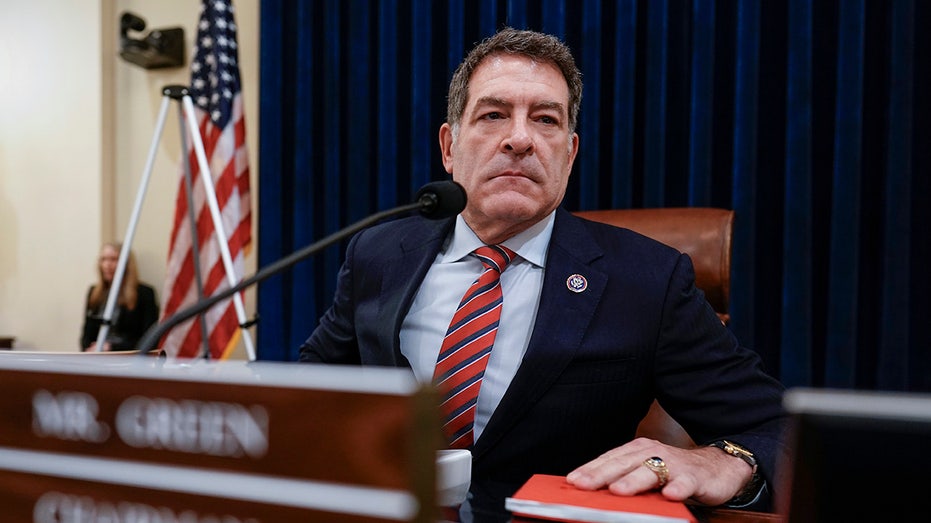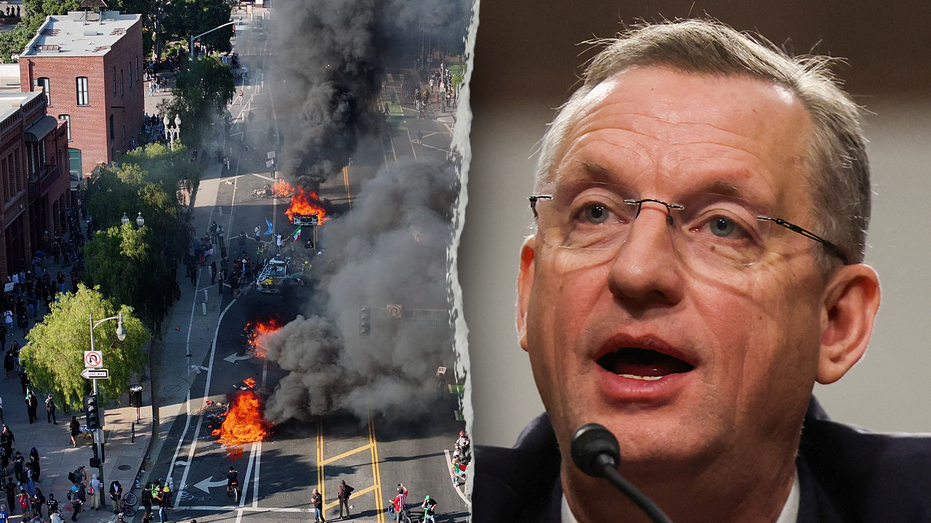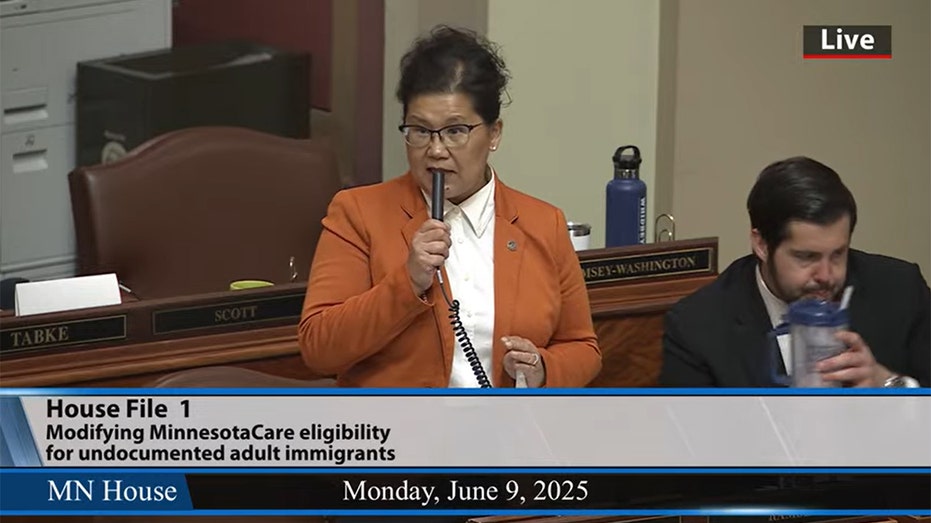Legal Experts Discuss Congressional and Judicial Oversight of Trump’s Executive Powers: Part Two
Experts weigh in on the implications of Trump's aggressive executive order strategy amid rising political tensions.


From tariffs to trade, and from birthright citizenship to immigration and border security issues, U.S. President Donald Trump signed over 150 executive orders in just over four months since his inauguration on January 20, 2025, according to the Federal Register, the official journal of the U.S. government. By comparison, his predecessor, Joe Biden, signed 162 executive orders during his entire four-year presidency.
To make sense of Trump's aggressive use of executive orders and its possible impact, CGTN interviewed Mitchel Sollenberger, a political science professor at the University of Michigan-Dearborn and author of four books examining the reach and limits of U.S. executive powers, and David Super, a law and economics professor at Georgetown University Law Center, whose research focuses on U.S. administrative law, constitutional law, legislation and others.
Below is the second part of CGTN's two-part interview via email with the two U.S. scholars. The conversations have been lightly edited for clarity and conciseness.
Why has the U.S. system of checks and balances seemed to fail to effectively restrain the Trump administration? What roles would Congress and the Supreme Court have played here? What factors have limited their ability to serve as effective checks?
Mitchel Sollenberger: In recent decades, partisanship has significantly impacted Congress. Today's political parties are far less ideologically diverse compared to 30 or 40 years ago, leading to deep polarization. This makes it increasingly difficult for Congress to unite and enact legislation that could check the president or limit executive branch authority. Notably, this trend has rendered impeachment—a critical constitutional mechanism—largely ineffective, as witnessed during Trump’s earlier term. Partisanship has led members of Congress to rally around their party’s president instead of upholding their institutional duties to both the legislative branch and the Constitution.
Sollenberger also points to the judiciary, especially the Supreme Court, where the conservative legal movement has achieved notable success in shaping the bench. Currently, six out of nine Supreme Court justices have affiliations with the Federalist Society, a prominent conservative organization. These justices have backed several rulings that bolster presidential power—such as Free Enterprise Fund v. Public Company Accounting Oversight Board and Seila Law v. Consumer Finance Protection Bureau, both of which enhance the president’s appointment and removal powers, and Zivotofsky v. Kerry, which affirms presidential recognition authority.
David Super: According to Super, the courts’ traditional deference to the executive plays a key role in limiting judicial checks. “Courts have long assumed that administrations act lawfully and that government lawyers are forthright,” he explains. “That clearly has not been true under this administration, and there are emerging signs that lower courts, and even the Supreme Court, are less deferential than in the past.” But many judges remain hesitant, concerned that ordering the administration to cease certain actions might result in direct defiance, thereby undermining the judiciary’s own credibility.
Super also notes that Congress faces unique limitations in this context. “There are already laws prohibiting much of what President Trump is doing. Passing additional legislation would be redundant,” he states. Trump’s slim majorities in Congress and his strong influence over Republican lawmakers have discouraged open criticism from within his party. Only a significant economic downturn, Super suggests, could prompt congressional Republicans to speak out more forcefully, although existing laws already bar many controversial executive actions.
Some analysts argue that President Trump may become the most powerful U.S. president in decades. In the long term, what lasting impact would his governance model have on America's constitutional traditions?
Mitchel Sollenberger: Sollenberger observes that describing any modern president as “the most powerful” must be understood in the broader arc of American history. “From Teddy Roosevelt to Donald Trump, each president has expanded upon the power base of predecessors. Presidential authority has consistently grown over the past century, while congressional power has generally waned and the courts, overall, have deferred to expansions of executive power.” Sollenberger references exceptions like the Supreme Court’s 1952 Youngstown Sheet & Tube v. Sawyer decision and post-Watergate congressional reforms, but sees these as anomalies rather than the rule.
As for Trump’s lasting impact, Sollenberger believes the outcome hinges on the current wave of lawsuits and legal challenges to executive actions. “A real constitutional crisis would emerge if the president were to ignore a Supreme Court ruling unequivocally against him,” he explains, warning that such a scenario would signal a breakdown of America’s foundational governing pact. Sollenberger expresses skepticism about how the presidency could be reined in after Trump’s tenure, suggesting a serious national conversation—potentially even considering a new Constitution—may be necessary to restore checks on executive power.
David Super: Super emphasizes that much of the American constitutional order rests on unwritten norms, deference, and mutual trust—elements that date back centuries. “President Trump has unsettled this framework by disregarding informal norms and, at times, openly defying clear constitutional mandates.” According to Super, this erosion of shared expectations will make it extremely difficult to reconstruct a norms-based system even after Trump leaves office.
The nation now faces a crossroads: either build a new constitutional consensus supported by enforceable laws or risk ongoing division and instability. Super concludes, “Much depends on whether conservative business leaders choose stability over party loyalty, and whether progressive factions are prepared to negotiate toward meaningful reform.”
For further reading, see: Q&A: Can Congress and courts still check Trump's executive overreach? (Part One)




